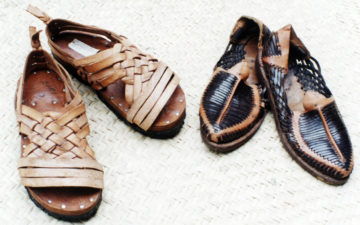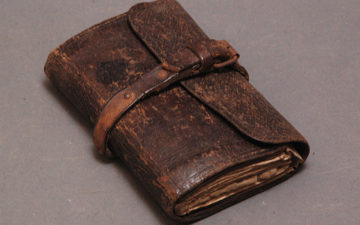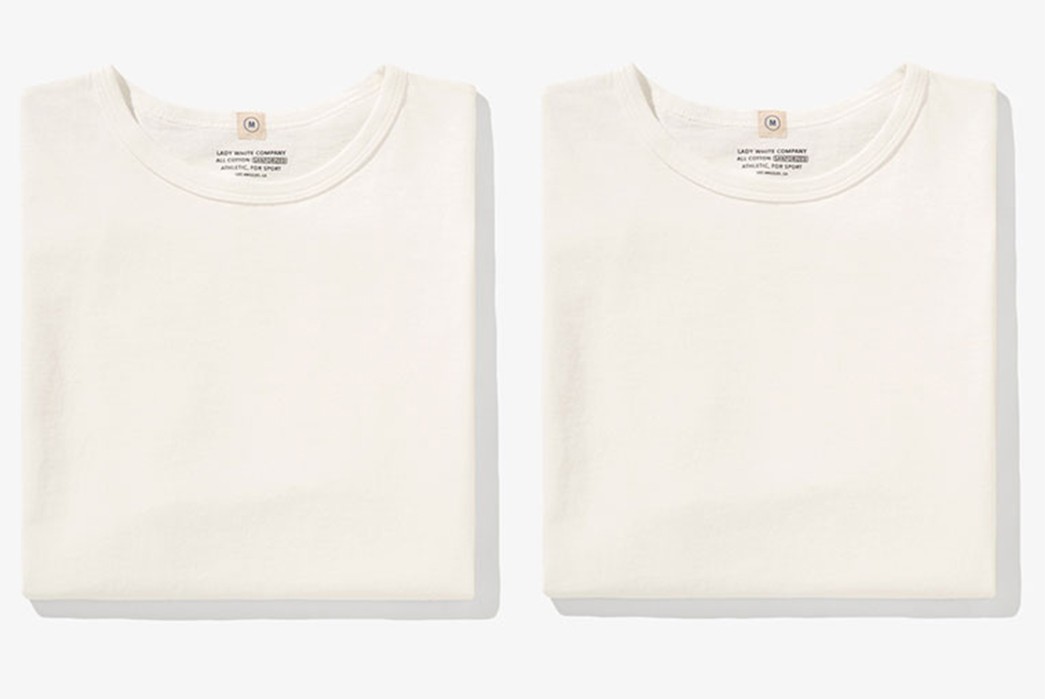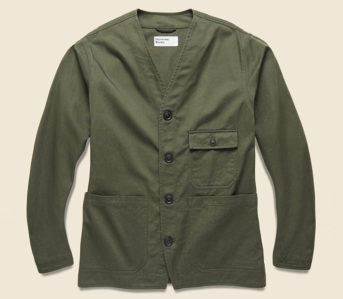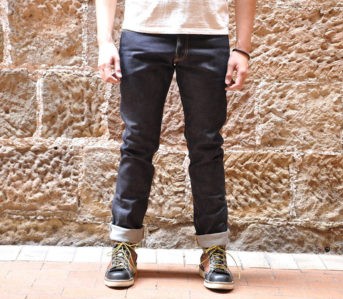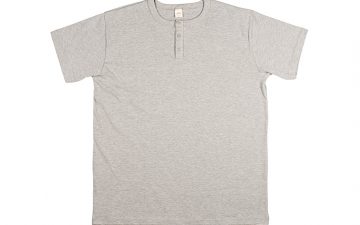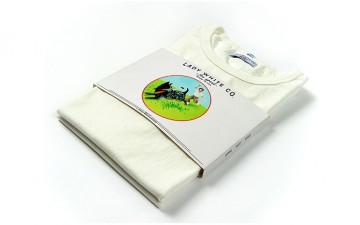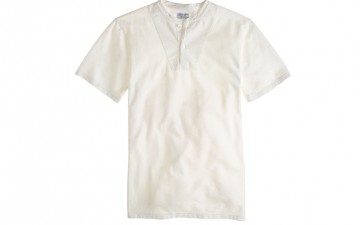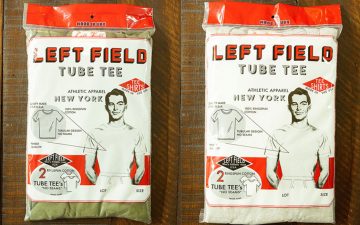Once, during a raucous house party, the music ground to a halt. The hosts got on the table and announced that an unidentified man had been acting inappropriately with several female guests and needed to be thrown out.
“He’s wearing a white t-shirt and jeans.”
I looked down at my outfit at this point of the story and I, (and most likely most of the male guests in this story) was wearing a white tee and blue jeans. The perpetrator would have been impossible to find in the sea of like-dressed men. Sixty years ago at a respectable party, someone in a white tee and jeans would have seemed like a half-dressed, proletariat maniac. But what was once disreputable has become ubiquitous and the white tee, has gone from a symbol of radical counter-culture to beyond basic.
Functional workwear for the fighting, single man, to sexy signifier of rebellion, and finally go-to top for every man’s casual outfit; the t-shirt has been through a lot in its roughly 114 year history and we’ll explore it all today.
The Lazy Man’s Underwear Goes to War
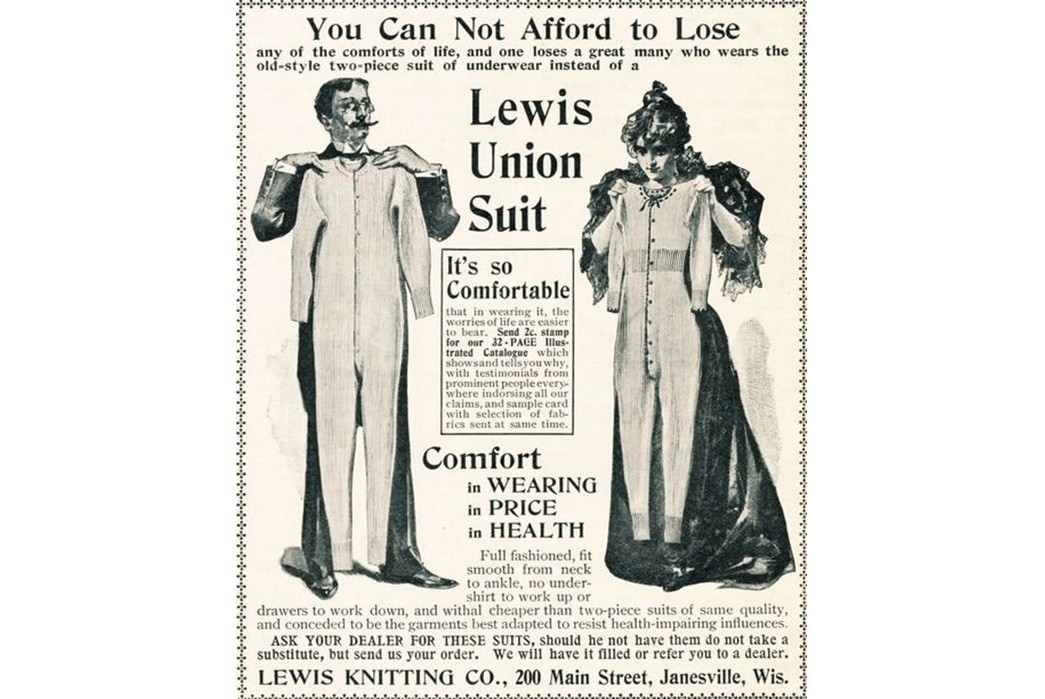
Lewis Union Suits. Image via Pinterest.
Until the twentieth century, if people were wearing underwear, they were probably wearing union suits like the above ad. The union suit is now much-mocked and was so hard to get on and off that it necessitated a (famously silly) butt-flap. The Union Suit was patented in 1868 in New York, but had been worn in one form or another for much longer. There was clearly room for improvement.
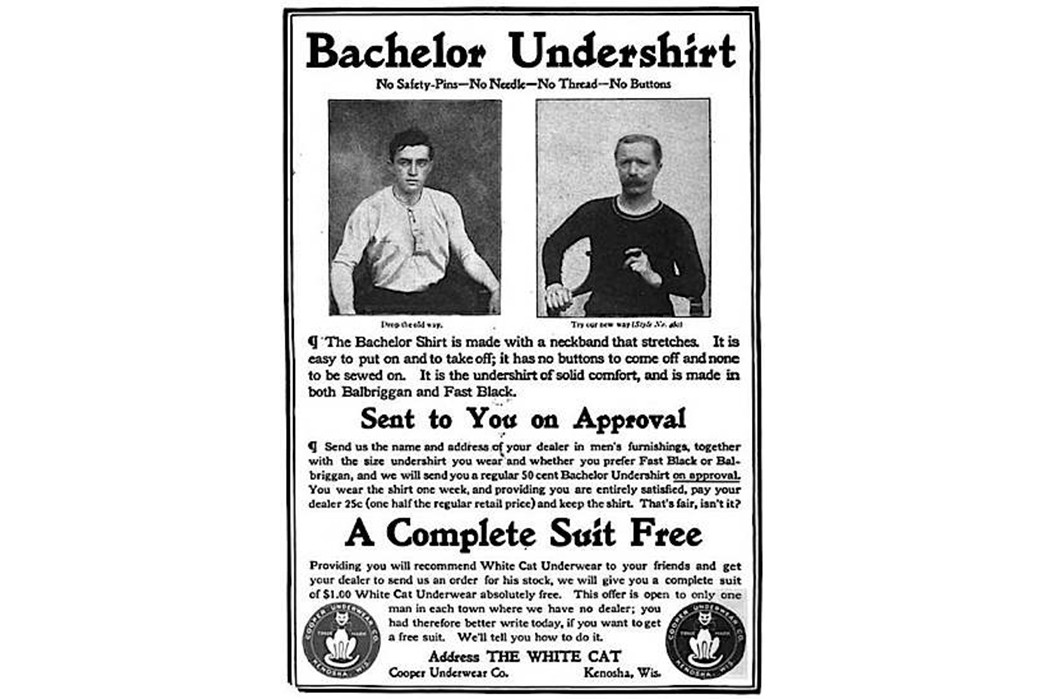
Bachelor Undershirt. Image via Pinterest.
The above ad appeared in 1904, around the time that people were starting to separate their union suits into two more easily-removed pieces. But in a time before mass-manufacturing, your undershirt (generally a henley) was precious and in a time where gender roles were more rigidly enforced, it was rare that a man had the skills necessary to repair his own garments.
Cooper Underwear Co. had the bright idea to market an undershirt with fewer moving parts to single men without doting seamstress wives to repair them. Enter the crew-neck, long-sleeve t-shirt. The now famous name coming, apparently from F. Scott Fitzgerald’s 1920 novel, This Side of Paradise:
“Amory, provided with ‘six suits summer underwear … one sweater or T shirt..’, set out for New England, the land of schools.”

T-shirts in the army. Image via founditemclothing.
But in an environment where even dungarees weren’t allowed to be worn on deck, the undershirt could only be worn outside of one’s uniform in direly hot places, like the boiler room, and then only with a commanding officer’s explicit approval. Over the the thirty years between the white t-shirt’s arrival in the military and the end of World War II, these regulations relaxed somewhat.
From War to Peace
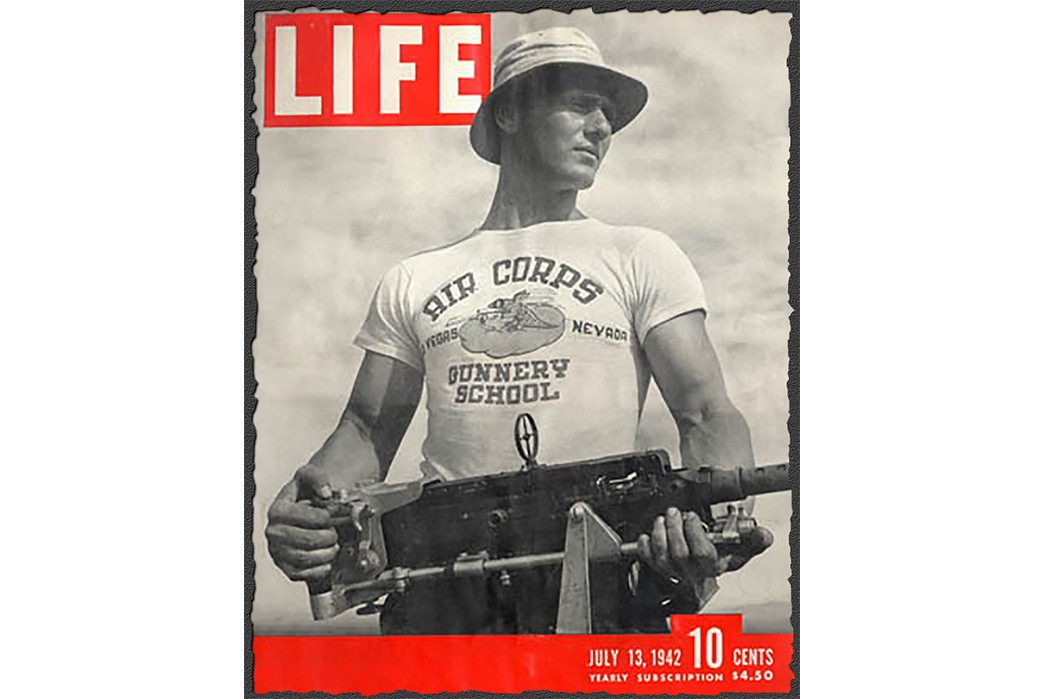
Air Corps T-Shirt. Image via Life.
It was World War II, the largest-scale mobilization of humanity, that cemented the role of the t-shirt in daily life. Servicemen who’d been wearing these regulation undershirts brought them home with them, although the respectable ones continued to wear them under their outer-clothes.

Marlon Brando in “A Streetcar Named Desire.” Image via In a Lonely Place.
Two years after war’s end, in 1947, A Streetcar Named Desire debuted on Broadway. The play not only established Tennessee Williams’ place among the post-war literary elite, it also rocketed the brooding, method-acting Marlon Brando to fame. The costume designer for the show, Lucinda Ballard, chose to costume the young Brando in a pair of weathered, too-tight Levi’s 501s and a dirty t-shirt. The choice to put Brando in a t-shirt was not just to flatter his admittedly bangin’ bod, but to suggest a kind of nudity that could simply not be portrayed on stage or in film at the time.
Anne Hollander, in her book, Sex and Suits, compares men in media in t-shirts to women in nightgowns and other negligée. These garments were definitely still considered to be underwear and they could hint at nudity in a controversial and exciting way without inciting the censors’ animosity. In fact, in the later film version, when Brando reprised his role as Stanley Kowalski, he wasn’t allowed to wear his too-tight jeans and was instead given baggy trousers. But the t-shirt stayed.
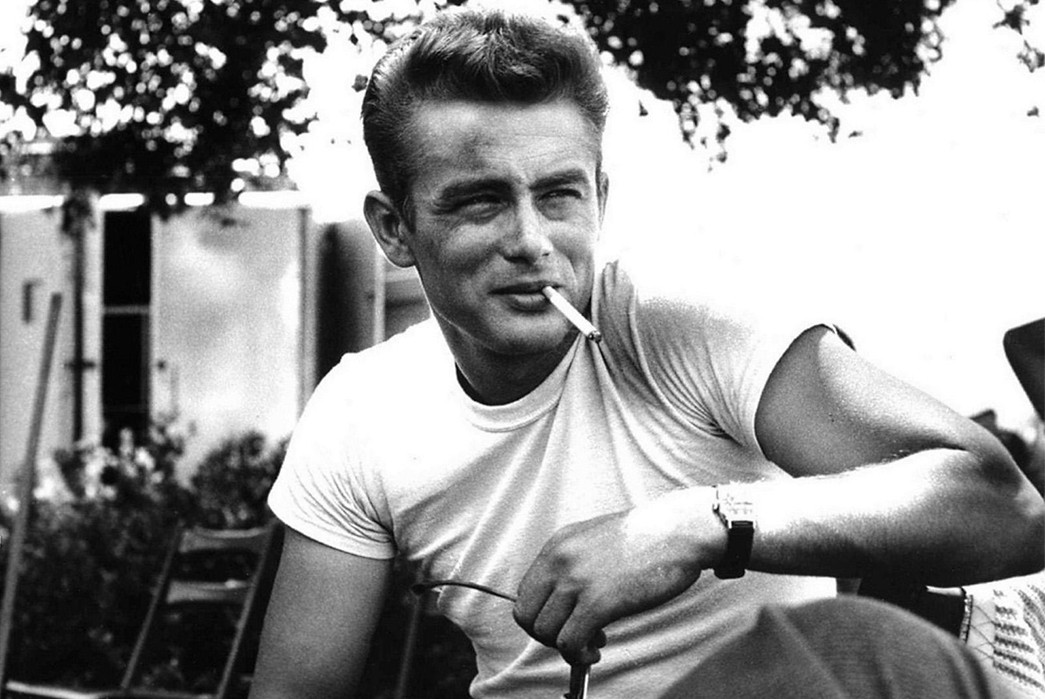
James Dean. Image via Style in Cheek.
The 1955 melodrama, Rebel Without a Cause, was more than America’s second outing with pretty-boy James Dean, it was also meant to address serious societal concerns. Namely, teenage delinquency. And guess what those teens were wearing?
T-shirts were the uniform of the over-sexed and under-disciplined children of a generation of parents who survived the Great Depression and World War II, but just didn’t get it!!!
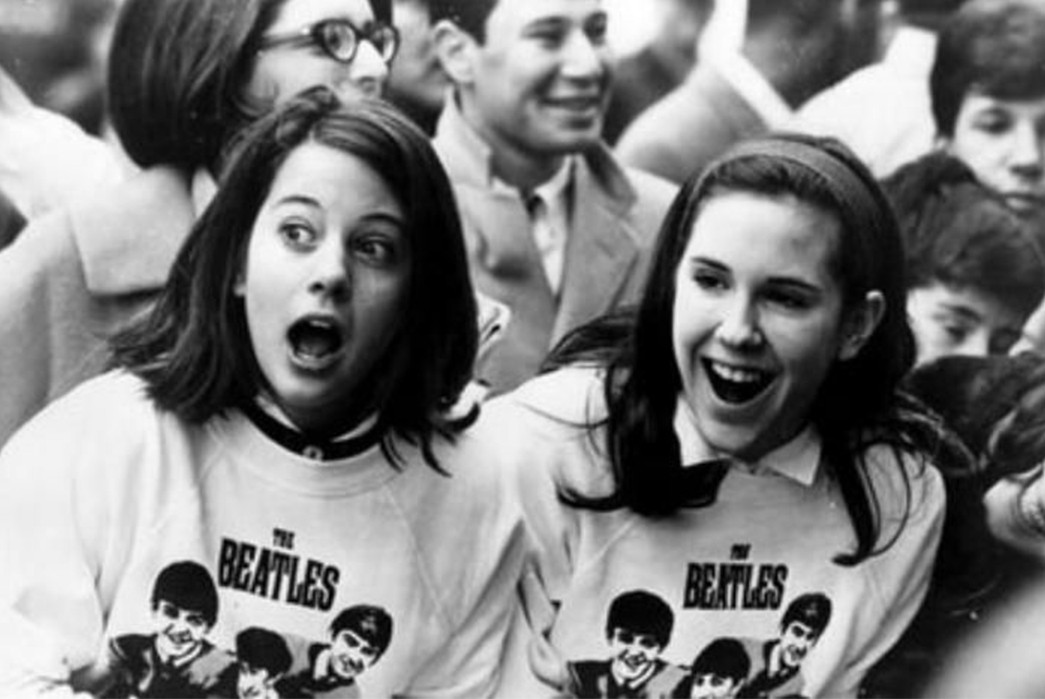
Beatles Sweatshirt. Image via Mel Marc.
But as with all things, the shock value wore off. By the mid-1960s, rebelling teens were a major sales demographic. Larger forces at work knew they could sell teens “rebellious” garments and make a profit. The above picture shoes sweatshirts, not tees, but the principle is the same. It wasn’t long before The Beatles and Disney were selling young folks a slightly more scandalous silhouette, while advertising their own properties at the same time.
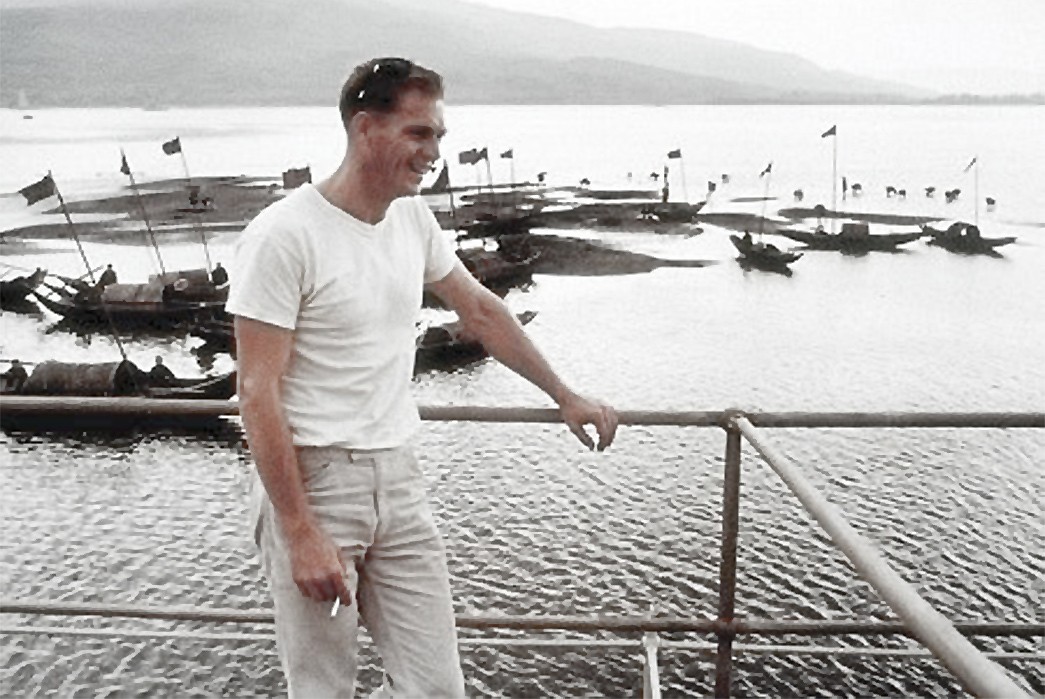
Steve Mcqueen. Image via Mr. Freedom.
T-shirts were still cool, but anyone could throw their band or product or cause on their chest and pass it off as a rebellious stand against “the Man”. The fact of the matter was that tees made a lot of sense for all the reasons that the U.S. Navy had first realized. They were easy to wash and remove and were perfect for work and play. The rest is mostly history.
T-Shirts Made the Old Way
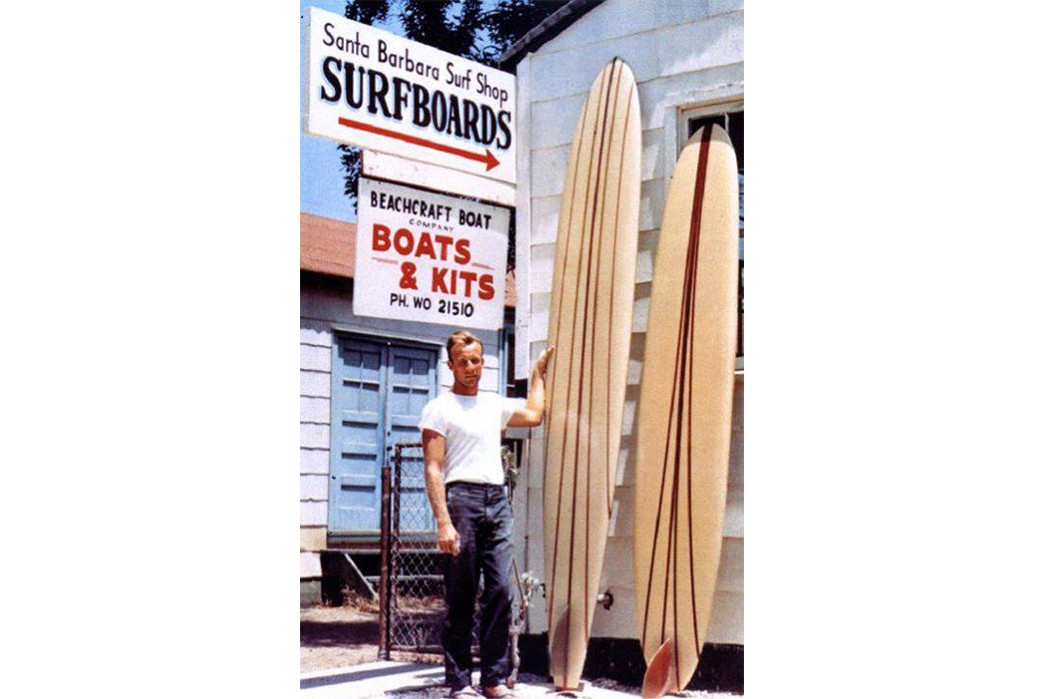
White tee. Image via Tumblr.
Everyone wants a white t-shirt, but for those of us who want something a bit better than your local Target’s Hanes, there are a handful of amazing brands who do stuff the old-fashioned way, for a pricier, but unbeatable vintage-style tee.
Teamster Union Made
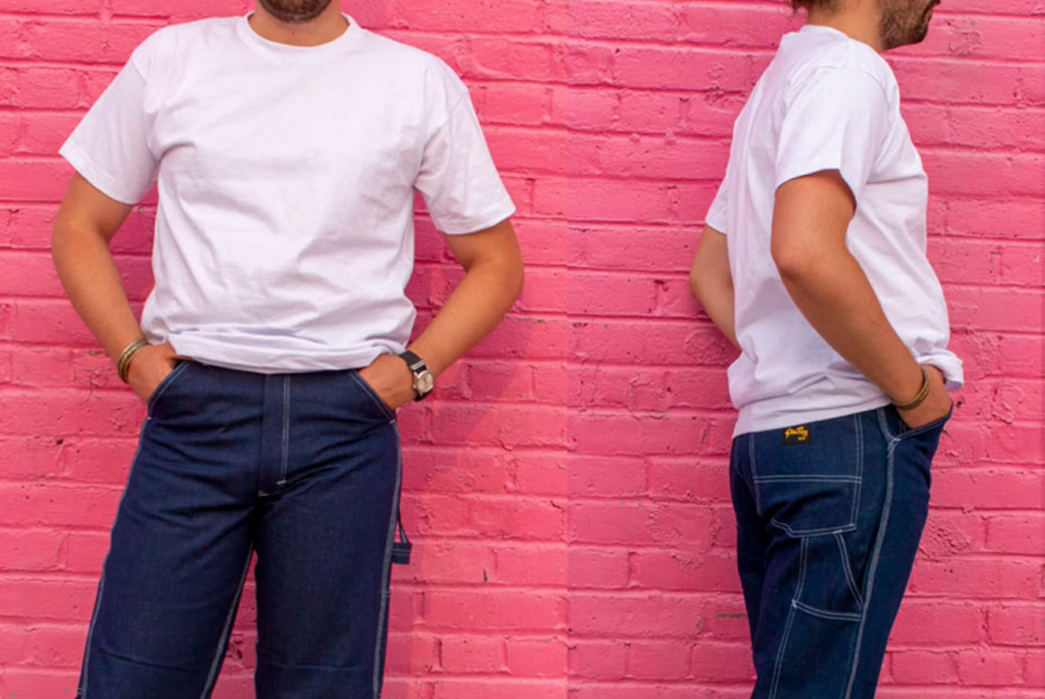
Tube-knit, made in USA of American cotton, and sewn by unionized Teamster workers. All this and it only comes in at a fraction of the price of anything else on the market. It’s much more of a ‘commodity’ tee than a fashion one, but if you want the best made version of a Hanes or a Gildan, it doesn’t get much better.
Available for $22 at Heddels Shop.
Lady White Co.
For a simple white tee, you can’t go wrong with Lady White Co. These tees are made in Los Angeles from American cotton and are assembled the old-fashioned way, without side seams. Lady White’s tubular tees are sold in two-packs in a variety of colors now, with and without pockets.
Two-pack available for $113 at Lost & Found.
Merz B. Schwanen
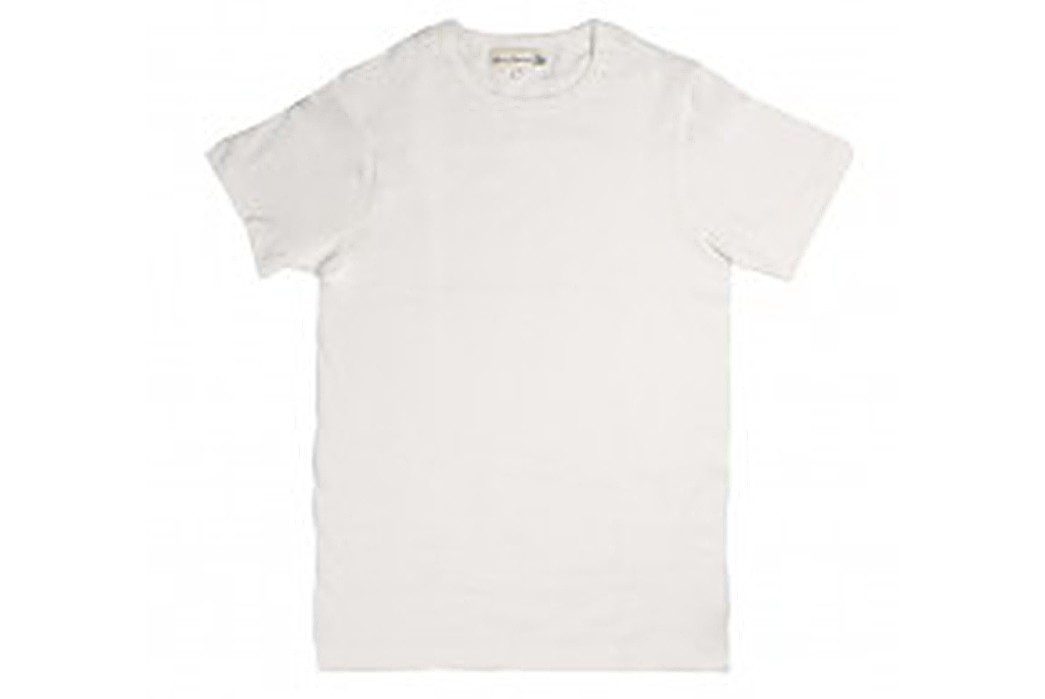
Merz B. Schwanen. Image via Self Edge.
Another popular, high-quality option is this tee from Merz B. Schwanen. They are made entirely in Germany and loop-wheeled for greater comfort and fewer side-seams. Their organic cotton comes from Greece and is entirely untreated. This tee will shrink a half-size, so be mindful.
Available from Franklin & Poe for $65.
Velva Sheen
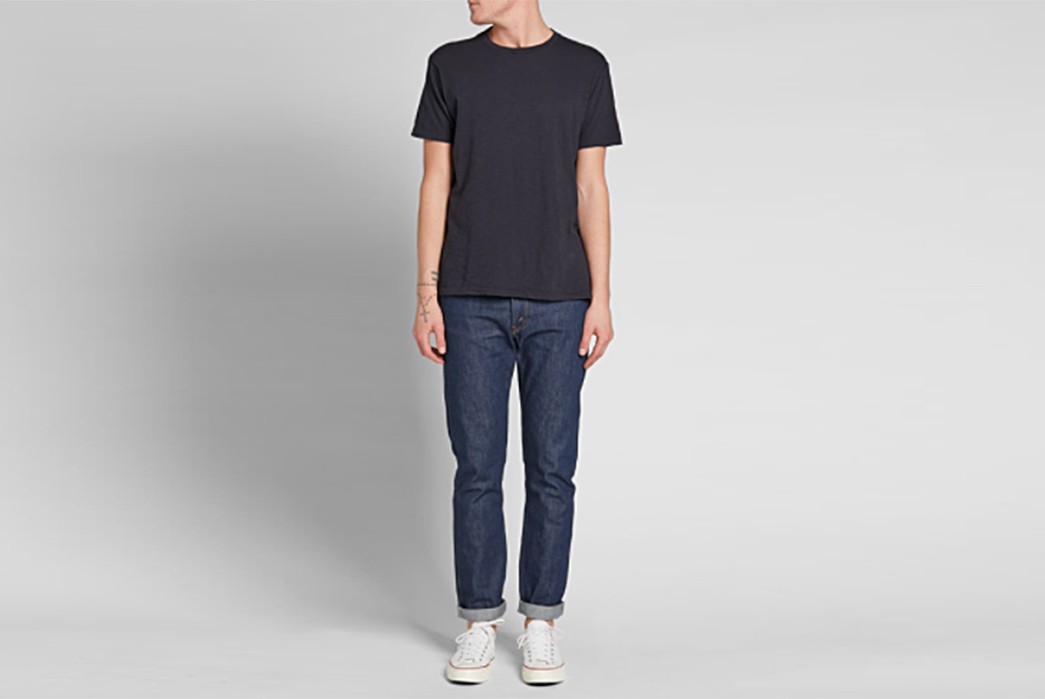
Velva Sheen tee. Image via End.
Velva Sheen has been making t-shirts in the U.S. since 1932. Their shirts are also tubular-knit to avoid those pesky side-seams and achieve a more vintage fit. But to mix things up, this tee comes in black and with a chest pocket. Live a little.
Two-pack available for $105 at Lost & Found.

